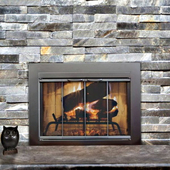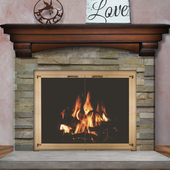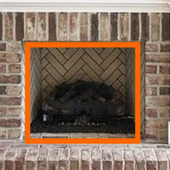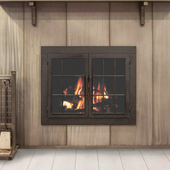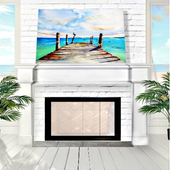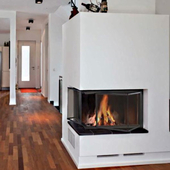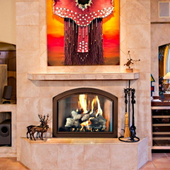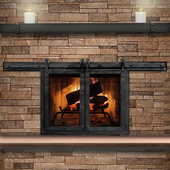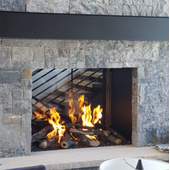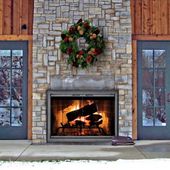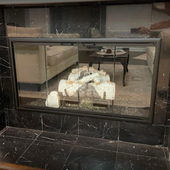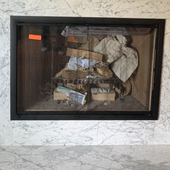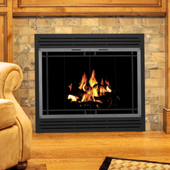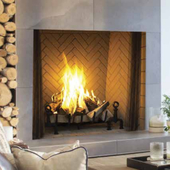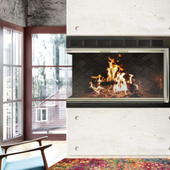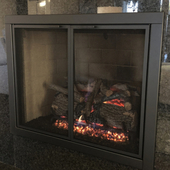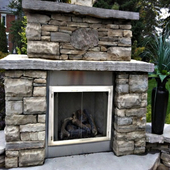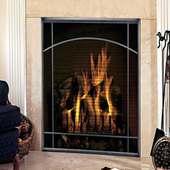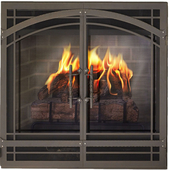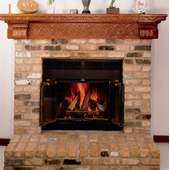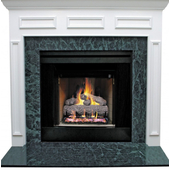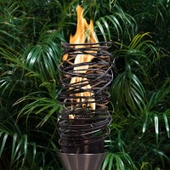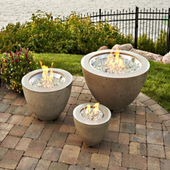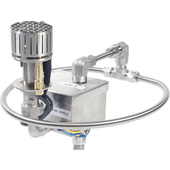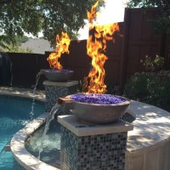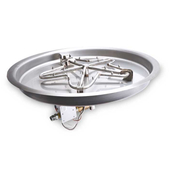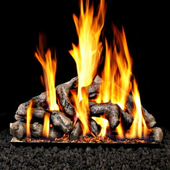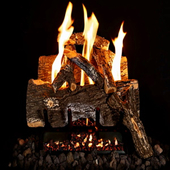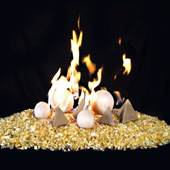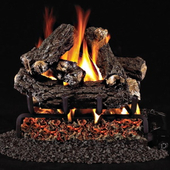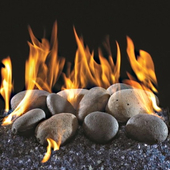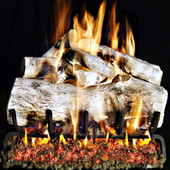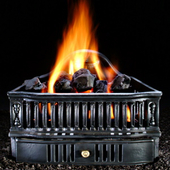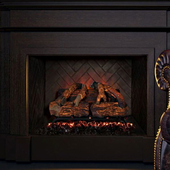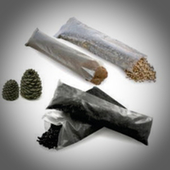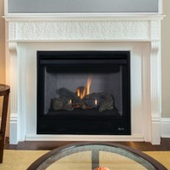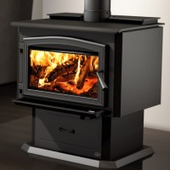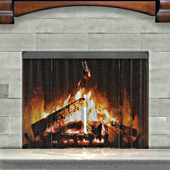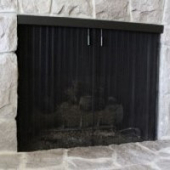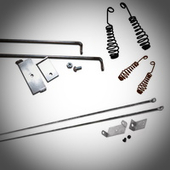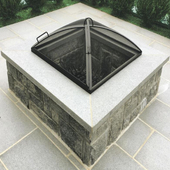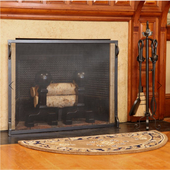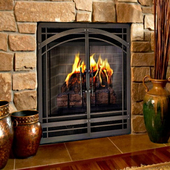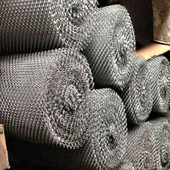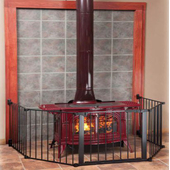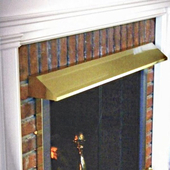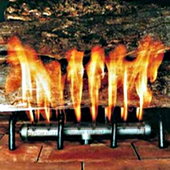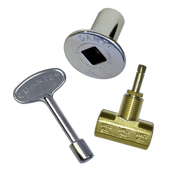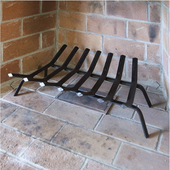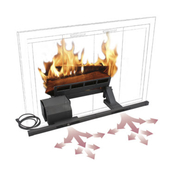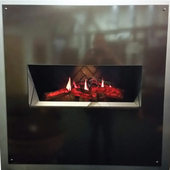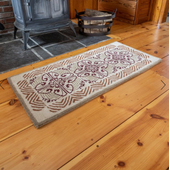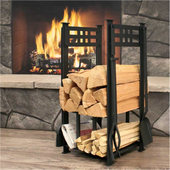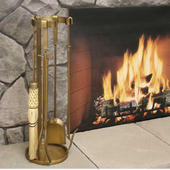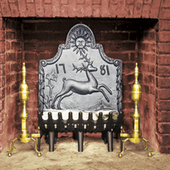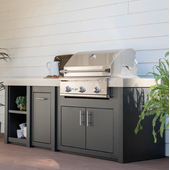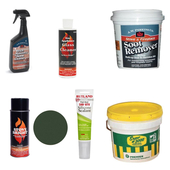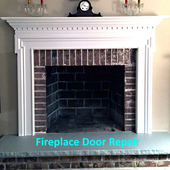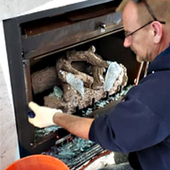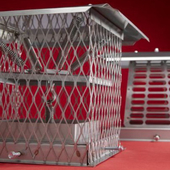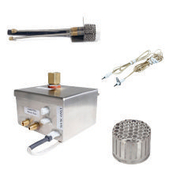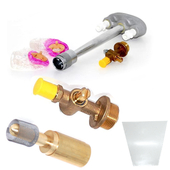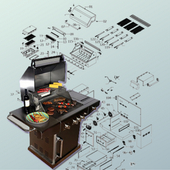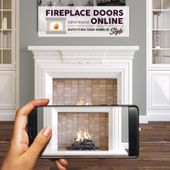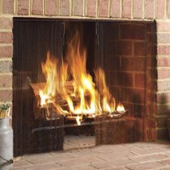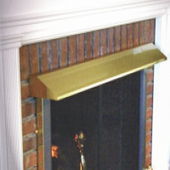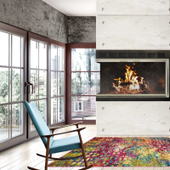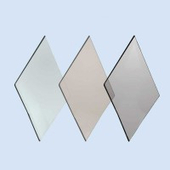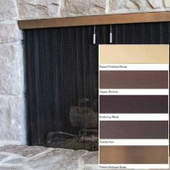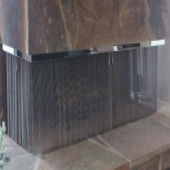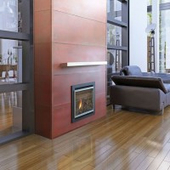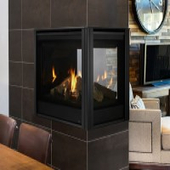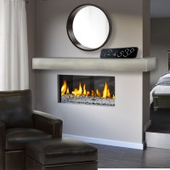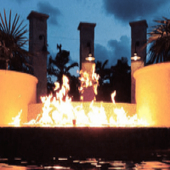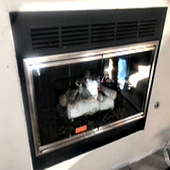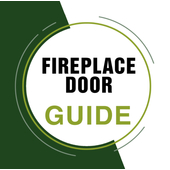Creating an inviting and warm outdoor space is a dream for many homeowners, and incorporating a fire pit can significantly enhance the ambiance and functionality of your backyard or patio. This comprehensive guide is designed to provide you with all the necessary information to select, install, and maintain a fire pit, ensuring it becomes a cherished feature of your outdoor living area for years to come.
Comprehensive Guide to Enhancing Outdoor Spaces with Fire Pits
Understanding Fire Pit Varieties
Fire pits are as diverse as the people who enjoy them, offering a range of styles to fit any outdoor decor or personal preference. The choice of fire pit can dramatically affect the atmosphere and usability of your outdoor space.
- In-Ground Fire Pits: These are permanent features that blend seamlessly into your landscape, providing a natural gathering spot. Constructed from durable materials like stone or brick, in-ground fire pits offer a timeless appeal and are ideal for spacious yards.
- Above-Ground Fire Pits: Portable and versatile, above-ground fire pits are excellent for those who prefer flexibility. They can be made from metal, ceramic, or stone and come in various designs to complement your outdoor furniture and decor.
- Gas Fire Pits: Known for their convenience, gas fire pits ignite instantly and don't produce ash or smoke. They require a connection to a natural gas line or a propane tank, making them a clean and hassle-free option.
- Portable Fire Pits: Perfect for those who love to rearrange their outdoor spaces or enjoy camping and outdoor adventures. Portable fire pits are lightweight, easy to transport, and can be used in various settings.
Choosing the Ideal Location
The placement of your fire pit is crucial for both safety and enjoyment. Consider the following when selecting a spot:
- Safety First: Ensure the fire pit is placed on a non-flammable surface and away from any structures, trees, or flammable materials to minimize fire risks.
- Compliance with Regulations: Always check local guidelines and obtain any necessary permits to ensure your fire pit complies with regional safety standards and regulations.
- Wind Direction: Be mindful of prevailing wind patterns in your yard to avoid smoke blowing directly into seating areas or inside your home.
Installation Insights
Installing a fire pit can range from a simple setup for portable models to more involved projects for permanent structures. Here's what you need to know:
- For In-Ground Fire Pits: Start by marking the desired area, then excavate to the recommended depth before lining the pit with a fire-resistant material. Finish by constructing the walls with bricks, stones, or concrete blocks.
- Above-Ground Fire Pit Assembly: Ensure the fire pit is placed on a sturdy, fire-resistant surface. If it's a gas model, carefully connect the gas supply and test for leaks before use.
- Gas Fire Pit Setup: These require a bit more technical skill, especially if you're connecting to a natural gas line. It's often best to hire a professional to ensure a safe and secure installation.
Maintenance Matters
Regular maintenance is key to the longevity and safety of your fire pit:
- Clean Regularly: After each use, clear out debris and ashes. Periodically, give the entire pit a thorough cleaning to prevent buildup and rust.
- Rust Prevention: For metal fire pits, apply a protective sealant and use covers during inclement weather to prevent rusting.
- Gas Line Care: For gas fire pits, regular checks for leaks and professional inspections of the gas line are essential to ensure safe operation.
Prioritizing Safety
Safety should always be a top priority:
- Preparedness: Keep a fire extinguisher, water source, or sand nearby in case of emergencies.
- Supervision: Never leave the fire unattended, and ensure it's completely extinguished before leaving the area.
- Child and Pet Safety: Establish clear boundaries and educate family members on fire safety to prevent accidents.
Addressing Common Questions
- Wood vs. Gas: Wood-burning pits offer a traditional experience with natural ambiance, while gas pits provide convenience and cleanliness.
- Usage on Wooden Decks: Use caution and protective barriers when placing fire pits on wooden surfaces to prevent heat damage and fire risks.
- Cooking Over the Fire: While roasting marshmallows is generally safe, cooking over a gas fire pit requires specific accessories designed for high temperatures.
Enhancing Your Outdoor Space
A fire pit is more than just a source of warmth; it's a focal point for gathering, a catalyst for conversation, and a means to extend the usability of your outdoor space into the cooler months. By selecting the right type, ensuring proper installation and maintenance, and adhering to safety guidelines, you can create a cozy and inviting outdoor ambiance that will bring joy to your family and friends for many seasons.
Remember, the key to a successful fire pit experience lies in careful planning, compliance with safety standards, and regular maintenance. Whether you opt for a rustic in-ground pit or a sleek gas model, your fire pit is sure to become the heart of your outdoor living space, fostering memorable moments under the stars.
Frequently Asked Questions:
Q: Are fire pits safe for wooden decks?
A: Fire pits can be safe on wooden decks if proper precautions are taken. Use a fire pit pad or heat shield to protect the deck from heat and embers. Follow the manufacturer's recommendations and local regulations.
Q: Can I roast marshmallows over a gas fire pit?
A: Yes, you can roast marshmallows over a gas fire pit as long as it's designed for open flame use. Use skewers with heat-resistant handles to roast marshmallows safely.
Q: What's the difference between wood-burning and gas fire pits?
A: Wood-burning fire pits offer a traditional experience with the crackling sound and aroma of burning


